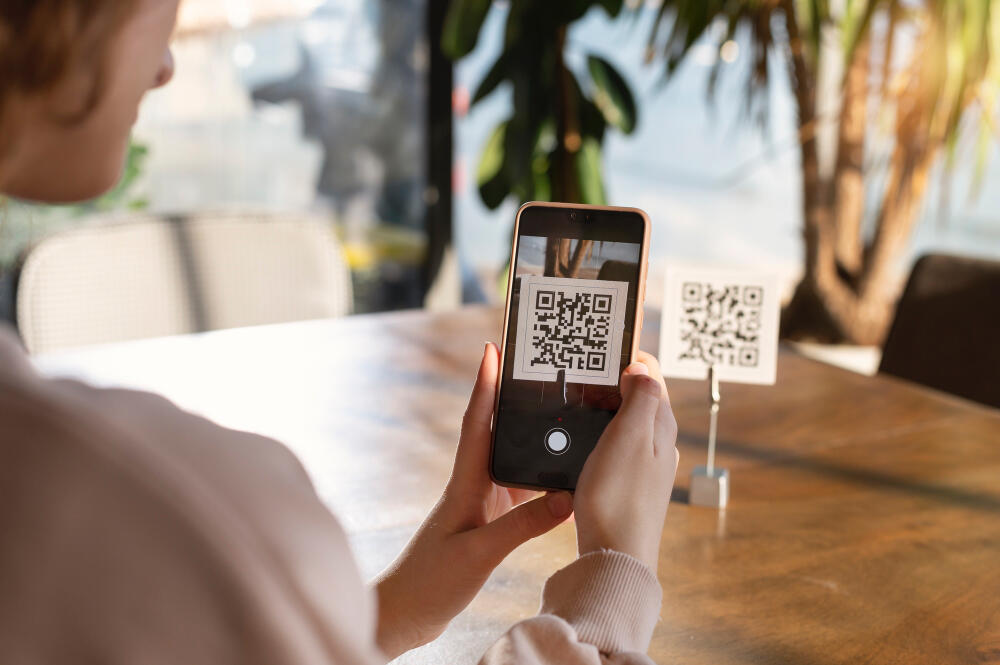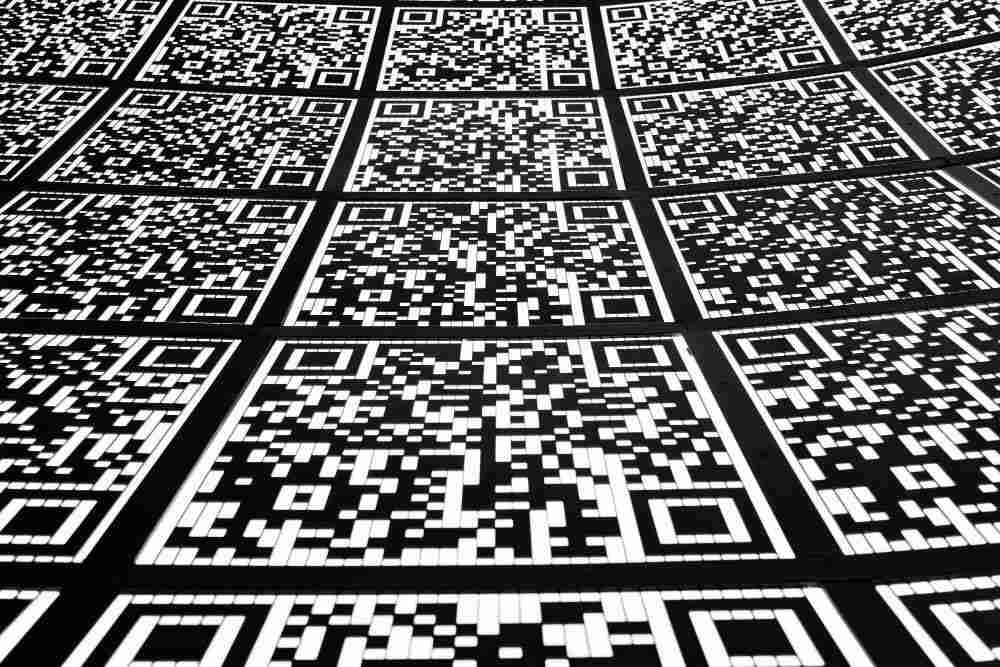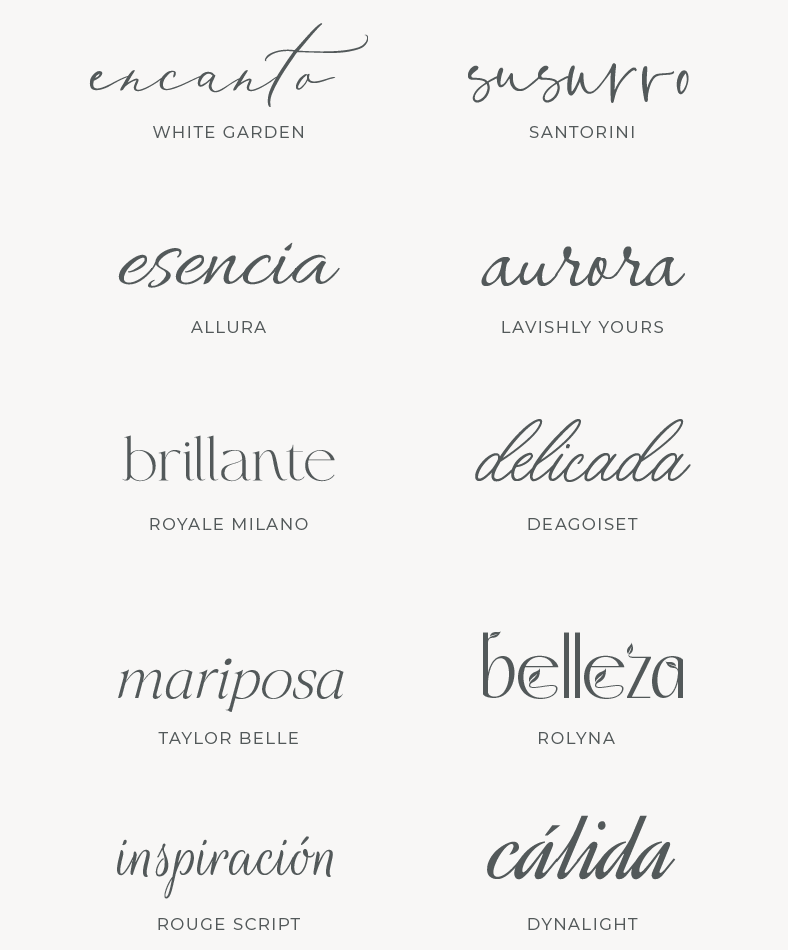QR codes are experiencing an unprecedented surge in popularity, with usage increasing by over 300% since 2020. From contactless menus to digital business cards, these versatile squares have become essential tools for modern businesses and individuals alike. Whether you’re a small business owner looking to streamline customer interactions or a marketer seeking innovative ways to bridge offline and online experiences, learning how to make QR codes professionally can transform your digital marketing strategy.
In this comprehensive guide, we’ll walk you through everything you need to know about creating stunning, professional QR codes that not only work flawlessly but also align with your brand identity and marketing goals.
Contents
- What are QR Codes and Why Do They Matter?
- Step-by-Step Guide to Creating Professional QR Codes
- QR Code Design Best Practices for 2025
- Creative Business Use Cases for QR Codes
- Common QR Code Mistakes to Avoid
- Advanced QR Code Marketing Strategies
- Measuring QR Code Success
- Future of QR Codes in Digital Marketing
- So what now?
What are QR Codes and Why Do They Matter?
QR codes (Quick Response codes) are two-dimensional barcodes that can store various types of information, from simple text and URLs to contact details and WiFi credentials. Originally developed in 1994 for tracking automotive parts, these digital bridges have evolved into powerful marketing tools that connect physical and digital experiences seamlessly.
The beauty of QR codes lies in their simplicity and versatility. With smartphone cameras now equipped with built-in QR code scanning capabilities, users can access information instantly without downloading additional apps. This ease of use has made QR codes indispensable for businesses implementing contactless solutions and interactive marketing campaigns.
Modern QR code marketing strategies leverage these codes for restaurant menus, product information, event check-ins, social media connections, and payment processing. The key to success lies in creating professional QR codes that are both functional and visually appealing.
Step-by-Step Guide to Creating Professional QR Codes
Creating professional QR codes doesn’t require technical expertise, but it does require attention to detail and understanding of best practices. Here’s your complete roadmap:
Choose Your Content Type
Before generating your QR code, determine what information you want to encode. Popular options include website URLs, contact information (vCard), plain text, email addresses, phone numbers, WiFi credentials, and social media profiles. Each content type serves different marketing purposes, so align your choice with your specific goals.
Select a Reliable QR Code Generator
Professional QR codes start with a quality generator. Look for tools that offer customization options, high-resolution downloads, and reliable encoding. The best generators provide multiple format options (PNG, SVG, PDF), allow custom colors and logos, and generate codes that scan reliably across different devices and lighting conditions.
Optimize Your Design
Professional QR code design goes beyond basic black and white squares. Consider your brand colors when customizing your code, but ensure sufficient contrast for reliable scanning. The general rule is to maintain at least 60% contrast between the foreground and background colors.
Add your logo to the center of the QR code for brand recognition, but keep it small (no more than 20% of the code’s total area) to maintain scannability. Choose appropriate sizing based on your intended use – larger codes work better for posters and signage, while smaller ones suit business cards and printed materials.

Test Thoroughly
Before finalizing your QR code, test it across multiple devices and scanning apps. Check functionality in various lighting conditions and ensure the code works when printed at your intended size. Professional QR codes should scan quickly and accurately every time.
Download in Appropriate Formats
For print materials, use vector formats like SVG or high-resolution PNG files. For digital use, standard PNG or JPEG formats work well. Always download at a resolution higher than your intended use to ensure quality when scaling.
QR Code Design Best Practices for 2025
Creating professional QR codes requires understanding current design trends and technical requirements. Here are the essential best practices that separate amateur codes from professional ones:
Maintain Proper Contrast: Ensure your QR code has sufficient contrast between the foreground and background. While creative color combinations can enhance visual appeal, functionality should never be compromised. Test your color choices across different devices and lighting conditions.
Size Matters: The minimum recommended size for QR codes is 2 x 2 centimeters (0.8 x 0.8 inches) for print materials. For digital displays, ensure the code is large enough to scan from the expected viewing distance. A good rule of thumb is that the scanning distance should be roughly 10 times the code’s width.
Include Clear Instructions: Don’t assume users know how to scan QR codes. Include brief, friendly instructions like “Point your camera here” or “Scan with your phone’s camera.” This simple addition can significantly increase scan rates.
Strategic Placement: Position QR codes where they’re easily accessible and scannable. Avoid placing them on curved surfaces, in areas with poor lighting, or where they might be partially obscured. Consider the user’s scanning angle and ensure comfortable accessibility.
Brand Integration: Incorporate your brand elements thoughtfully. Use brand colors that maintain scannability, add your logo within the code’s error correction capacity, and ensure the overall design aligns with your visual identity.
Creative Business Use Cases for QR Codes
Modern businesses are finding innovative ways to integrate QR codes into their marketing strategies. Understanding these applications can inspire your own creative implementations:

Restaurant and Hospitality: Digital menus accessed via QR codes have become standard, but creative establishments are extending this concept to wine lists, chef stories, ingredient sourcing information, and customer feedback forms. Some restaurants use QR codes for table-specific ordering systems and loyalty program sign-ups.
Retail and E-commerce: Product information, size guides, customer reviews, and augmented reality experiences can all be accessed through strategically placed QR codes. Smart retailers use codes for inventory checking, price comparisons, and seamless online-to-offline shopping experiences.
Real Estate: Property listings, virtual tours, neighborhood information, and agent contact details become instantly accessible through QR codes on signage. Progressive agents use codes for scheduling viewings and accessing detailed property reports.
Events and Networking: QR codes streamline event check-ins, session feedback collection, speaker information access, and networking exchanges. Digital business cards via QR codes eliminate the need for physical card exchanges while ensuring contact information accuracy.
Marketing Campaigns: Track campaign effectiveness, provide exclusive content access, facilitate social media engagement, and create interactive experiences that bridge offline advertisements with online actions.
Common QR Code Mistakes to Avoid
Even well-intentioned QR code implementations can fail due to common oversights. Avoiding these mistakes ensures your professional QR codes deliver the intended user experience:
Poor Testing: Failing to test QR codes across multiple devices and environments is the most critical mistake. Always verify functionality on both iOS and Android devices, in various lighting conditions, and at the actual size they’ll be used.
Inadequate Error Correction: QR codes include built-in error correction, but overloading them with design elements can exceed this capacity. Maintain balance between visual appeal and functionality.
Unclear Destination: Users should know what to expect before scanning. Provide context about where the QR code leads – whether it’s a website, contact information, or special offer.
Ignoring Analytics: Without tracking, you can’t measure QR code effectiveness. Use URL shorteners with analytics or QR code generators that provide scan statistics to understand user engagement.
Poor Mobile Optimization: Since QR codes are primarily scanned by mobile devices, ensure your destination content is mobile-friendly. Slow-loading pages or poor mobile experiences negate the convenience QR codes provide.
Overcomplicating the Process: Keep the scanning-to-action process simple. Multiple redirects, required app downloads, or complex navigation defeat the purpose of QR codes’ intended convenience.
Advanced QR Code Marketing Strategies
Professional QR code implementation goes beyond basic creation. Advanced strategies can significantly enhance your digital marketing effectiveness:

Dynamic QR Codes: Unlike static codes, dynamic QR codes allow you to change the destination URL without reprinting the code. This flexibility enables campaign updates, A/B testing, and content refreshing while maintaining consistent printed materials.
Campaign Integration: Integrate QR codes into broader marketing campaigns for cohesive user experiences. Align QR code destinations with campaign messaging, use consistent branding, and ensure the digital experience complements offline touchpoints.
Personalization: Use QR codes for personalized experiences by incorporating user-specific parameters. This approach works particularly well for event management, customer service, and targeted marketing campaigns.
Multi-Channel Tracking: Implement comprehensive tracking to understand QR code performance across different channels and locations. This data helps optimize placement strategies and content effectiveness.
Measuring QR Code Success
Professional QR code campaigns require measurable outcomes. Key metrics include scan rates, conversion rates from scans to desired actions, geographic distribution of scans, device types used for scanning, and time-based scanning patterns.
Set up proper tracking systems before launching QR code campaigns. Use analytics platforms that provide detailed insights into user behavior beyond initial scans. Understanding the complete user journey from scan to conversion enables continuous optimization.
Future of QR Codes in Digital Marketing
QR code technology continues evolving with enhanced security features, improved design flexibility, and integration with emerging technologies like augmented reality and artificial intelligence. Staying current with these developments ensures your QR code strategies remain effective and innovative.
The increasing adoption of contactless interactions and the growing comfort with QR codes across all demographics suggest their continued importance in digital marketing strategies. Businesses that master professional QR code creation and implementation will maintain competitive advantages in customer engagement and experience optimization.
So what now?
Creating professional QR codes in 2025 requires balancing functionality with visual appeal, understanding user experience principles, and implementing strategic marketing integration. By following the best practices outlined in this guide, you can create QR codes that not only work reliably but also enhance your brand presence and marketing effectiveness.
The key to successful QR code marketing lies in viewing these tools as bridges between physical and digital experiences rather than mere convenience features. When implemented thoughtfully, professional QR codes become powerful assets in your digital marketing toolkit, driving engagement, streamlining processes, and providing valuable user insights.
Ready to create your first professional QR code? Start with a reliable generator that offers the customization options and quality output your brand deserves. Remember, the best QR codes are those that seamlessly blend functionality with your unique brand identity while providing genuine value to your users.




0 Comments